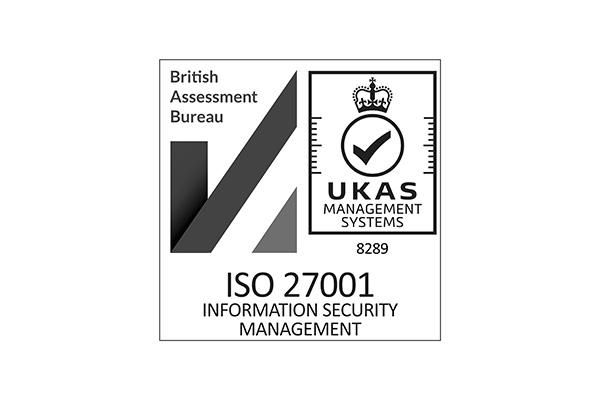
Contributors: Stephanie Hepburn
Date published: 26 March 2025
Notification of first registration of crofts: A “belt and braces” approach?
In the recent case of James Stuart Toms and Ann Toms v Aaron Lambert, a challenge to the first registration of a croft by neighbouring proprietors, sparked a debate as to the notification requirements of a first registration.
Challenge timeframes
Ultimately, an application to challenge the first registration fell at the first hurdle where the Applicants failed to show cause for the Land Court (the Court) to consider their challenge within the statutory nine-month period specified in Section 12(5) of the Crofting Reform (Scotland) Act 2010 (the 2010 Act).
Under Section 14(2) of the 2010 Act, where an application to challenge first registration is made after the end of the nine-month period, the Court may, on cause shown, deal with the application as if it had been made before the end of that period. The Applicants argued that they had not received notification of the application for first registration and had cause to issue a late challenge as a result.
As such, the decision carefully considered whether the intimation of the notification of registration was sufficient to show cause to allow their challenge in the Land Court.
First registration notification
Section 12(3) of the 2010 Act states that the owner of any adjacent land (among others) must be notified for the first registration of a croft by the Crofting Commission (the Commission) on receipt of a certificate of registration.
Under Section 12(8), the applicant, on receipt of a certificate of registration, must give public notice of the registration of the croft by placing an advertisement for two consecutive weeks, in a local newspaper circulating the area where the croft is situated, and affixing a conspicuous notice in the prescribed form to a part of the croft. Whether both methods of notification must be employed remains a consideration within the courts.
In this case, witness evidence was pivotal to the Court’s decision. The Respondent noted that he had followed the statutory procedure for intimation. He had placed an advertisement in the local newspaper (the West Highland Free Press) for two consecutive weeks and had displayed a notice on the only access road to the Applicants’ property.
He also asserted that he had provided the Commission with a list of recipients for the notification of the first registration of the croft (which included Mr Toms’ name, albeit spelled incorrectly). The Respondent also asserted that his father had attended a call with the Applicants in 2018 to bring their attention to some registration and boundary issues in relation to the croft and the Applicants’ property.
The witness evidence for the Applicants was given by Mr Toms and the other neighbouring proprietors. Mr Toms noted that he had seen the notice on the fence post on his access road but had not understood its meaning. He was sure he had not received a letter from the Commission. The neighbouring proprietors also noted that they had not received a letter from the Commission and were unaware of any other notifications.
The decision
The Court, in its decision, noted Mr Toms’ misunderstanding of the notice and suggested that this could also have meant a misunderstanding of a letter sent to him by the Commission (i.e. he may have received a letter but hadn’t understood its significance at the time).
The Court preferred the evidence of the Respondent and its witnesses and was satisfied that the notification requirements were met by the Respondent. Accordingly, its decision was that the Applicant had failed to show cause for the Court to consider their challenge to first registration outwith the statutory nine-month period.
The Court touched on the potential issue of whether public notices alone are classed as sufficient notification or whether the private letters from the Commission are also legally required. Are public notices (referred to in the judgment as the “belt”) alone sufficient? Or is it also necessary that private letters (referred to as the “braces”) are served?
The Court ultimately concluded that it did not have to make a ruling either way because, in this case, both methods of notification had been validly exercised and so the point was moot. Subsequently, the question of a belt and/or braces approach remains a potential pitfall for unwary applicants.
Key takeaway
Until and unless this issue is definitively settled, applicants would be well advised to adopt the belt and braces approach, ensuring that notification is delivered by both public notices and private letters.
If there is a potentially contentious matter that you would like to discuss, please get in touch with a member of the Rural Disputes team.
This article was co-authored by Trainee Emma Brown.
Contributors:
Stephanie Hepburn
Partner
To find out more contact us here
Expertise: Dispute Resolution, Rural Disputes
Sectors: Crofting Law, Purchase and Sale of Agricultural and Rural Property and Rural Finance, Rural Property and Business
















